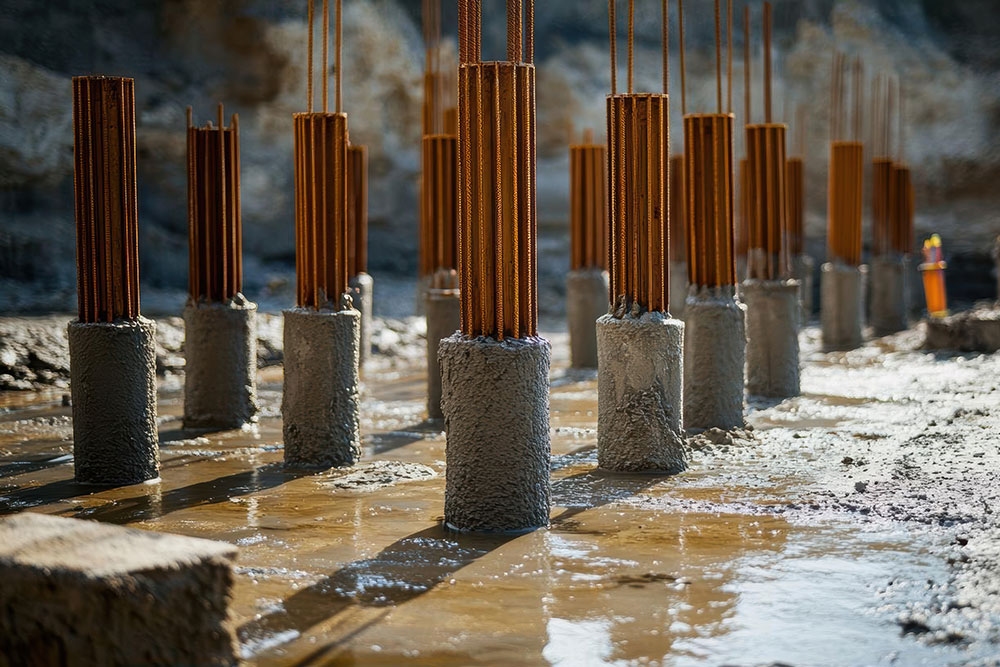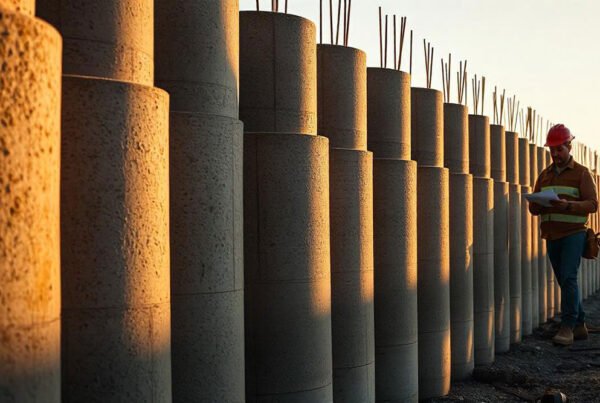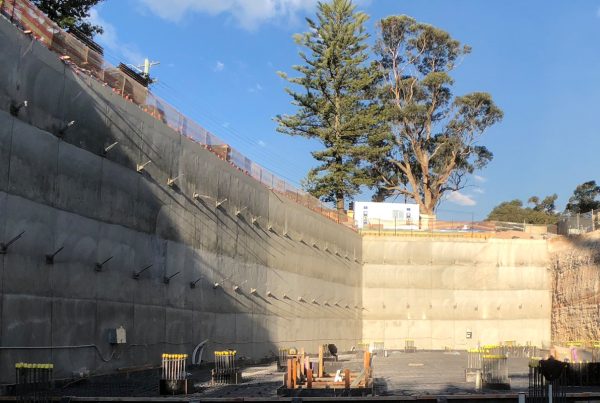Contiguous pile walls are an essential solution for retaining earth in construction projects, especially in urban environments where space is limited. These walls consist of a series of closely spaced piles that form a barrier to stabilize soil and provide structural support. With advancements in technology and engineering practices, innovative techniques have emerged to improve the efficiency and effectiveness of contiguous pile wall installation. In regions like Congo, where urban expansion and infrastructure development are growing rapidly, these techniques are crucial for tackling challenging construction conditions. This article explores the innovative methods that are transforming contiguous pile wall installation.
1. Advanced Drilling Equipment
The use of advanced drilling equipment has significantly enhanced the speed and precision of contiguous pile wall installation. Modern drilling rigs with GPS-guided systems ensure accurate alignment and placement of piles, even in areas with difficult terrain. This is particularly valuable in Congo, where diverse soil types and uneven landscapes require precise engineering solutions.
Benefits:
- Improved accuracy and alignment of piles.
- Faster drilling and installation process.
- Reduced risk of soil displacement and structural instability.
2. Use of High-Performance Concrete
High-performance concrete (HPC) has become a standard in contiguous pile wall construction. Its superior strength, durability, and resistance to environmental factors make it an ideal material for retaining walls. In regions like Congo, where climatic conditions can vary, HPC ensures that the walls remain stable and effective over time.
Benefits:
- Enhanced load-bearing capacity of walls.
- Increased resistance to weathering and erosion.
- Reduced maintenance and longer lifespan.
3. Jet Grouting for Soil Stabilization
Jet grouting is an innovative technique used to strengthen the soil around contiguous pile walls. By injecting a high-pressure grout mix into the ground, jet grouting creates a solidified mass that enhances the stability of the surrounding soil. This technique is particularly useful in projects with weak or loose soils, such as those found in some regions of Congo.
Benefits:
- Improved soil stability and wall support.
- Minimized risk of soil collapse during excavation.
- Adaptability to various soil types and conditions.
4. Real-Time Monitoring Systems
Real-time monitoring systems have revolutionized the installation of contiguous pile walls. These systems use sensors and data acquisition tools to track parameters such as pile alignment, depth, and concrete quality during installation. In fast-paced projects in urban areas like Congo’s growing cities, real-time monitoring ensures that the construction process meets design specifications and safety standards.
Benefits:
- Instant feedback for on-site adjustments.
- Improved quality control and safety assurance.
- Reduced risk of installation errors.
5. Prefabricated Pile Sections
The use of prefabricated pile sections is another innovative approach that accelerates the construction process while maintaining high-quality standards. These sections are manufactured off-site under controlled conditions and transported to the site for assembly. Prefabrication reduces the time and labor required for installation, which is particularly advantageous in regions like Congo, where project timelines are often tight.
Benefits:
- Consistent quality and reduced risk of defects.
- Faster installation and reduced on-site labor requirements.
- Minimized environmental impact and disruption.
Conclusion
Innovative techniques in contiguous pile wall installation have significantly improved the efficiency, safety, and durability of these structures. From advanced drilling equipment and high-performance materials to real-time monitoring and prefabrication, these methods address the challenges of modern construction. In Congo, where urban development and infrastructure projects are on the rise, adopting these innovative approaches is essential for successful project execution. By leveraging cutting-edge technologies and practices, construction professionals can deliver superior results that meet the demands of today’s complex building environments.






